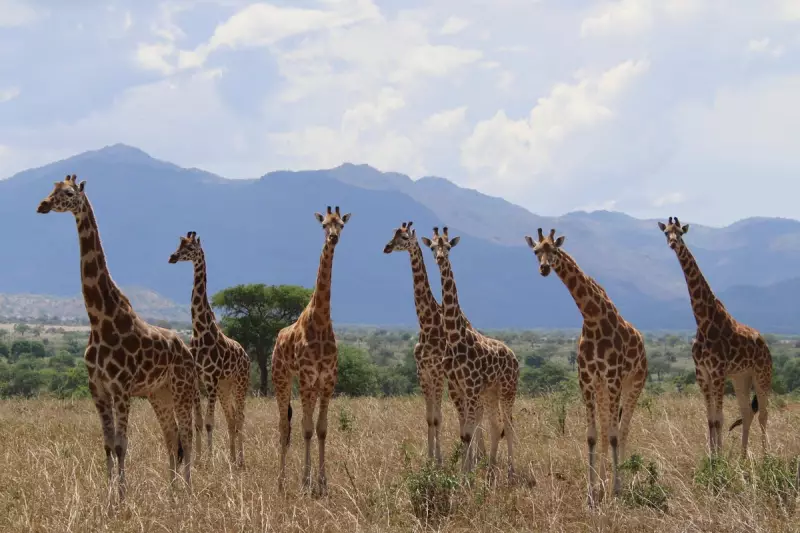
For centuries, scientists have pondered one of nature's most distinctive features - the giraffe's remarkably long neck. The conventional wisdom, famously proposed by Charles Darwin, suggested these towering mammals evolved their extended necks to reach higher foliage that other animals couldn't access. However, compelling new research reveals a far more dramatic evolutionary story.
The Fighting Theory Unveiled
Recent analysis of fossil records and modern giraffe behaviour indicates that neck elongation primarily evolved as a weapon in intense combat between males. Professor Nikos Solounias from the New York Institute of Technology explains: "The neck became longer primarily for dominance fighting and establishing hierarchy among males."
Ancient Combat and Modern Evidence
Modern giraffes provide striking evidence for this theory. Males engage in violent neck-swinging battles called "necking," where they deliver powerful blows to opponents using their heavy heads and ossicones (horn-like structures). The longer and stronger the neck, the more devastating the impact.
Researchers studied the fossilised remains of early giraffoids, including creatures like Samotherium, which displayed intermediate neck lengths. These ancient relatives show clear adaptations for combat rather than just feeding advantages.
Feeding Benefits: A Secondary Advantage
While the fighting theory takes precedence, scientists acknowledge that reaching higher vegetation provided an important secondary benefit. Professor Solounias notes: "The extended neck likely provided a secondary advantage for foraging, but combat was the primary driver."
Evolutionary Timeline
- Early giraffoids: Moderate neck length with combat adaptations
- Intermediate species: Progressive elongation for increased fighting leverage
- Modern giraffes: Extreme neck length serving dual purposes of combat and feeding
This research fundamentally challenges long-held assumptions about evolutionary adaptation, demonstrating that social behaviour and competition can be more powerful drivers of physical change than feeding strategies alone.
Implications for Evolutionary Science
The findings suggest we may need to reconsider other classic examples of adaptation. What appears to be purely functional might have roots in social dynamics and competitive behaviour. As Professor Solounias concludes: "Evolution often works in unexpected ways, with survival depending as much on social competition as environmental adaptation."





